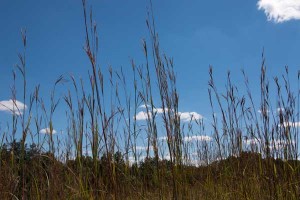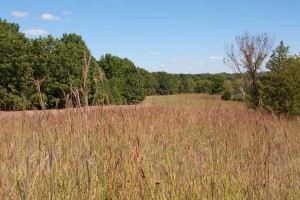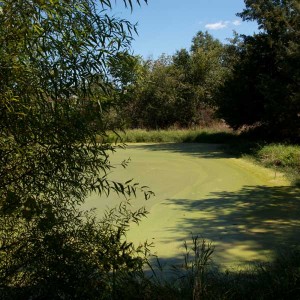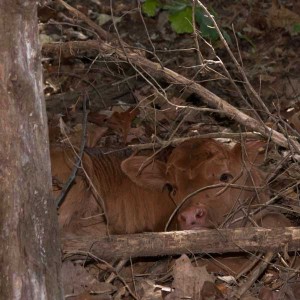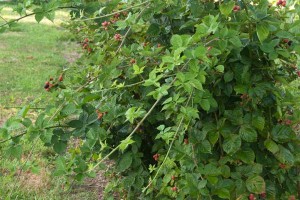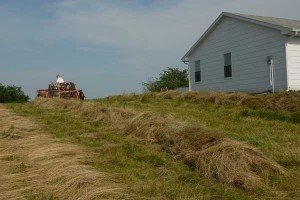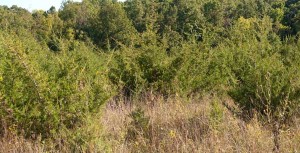 I see it along gravel roads and interstates alike. Idle land becoming overgrown with cedar trees and goldenrod. Most certainly someone owns the land and it looks like a waste of good resources to me. I’m sure you can guess where I’m going with this entry. If asked, my advice to those landowners would be to plant some fence posts and rent to someone who needs a place for some dry cows to graze. Maybe scatter some grass seed, before they arrive, to be trampled into the ground and fertilized. Depending on the degree of overgrowth, the stocking time may be only as long as a few months, however given time and good management practices, grazing time will increase along with rent revenue. What can you do with the in-between grazing times? Maybe lease the land for hunting. Wildlife can benefit from the habitat disturbance and allow an opportunity for a more diverse wildlife population.
I see it along gravel roads and interstates alike. Idle land becoming overgrown with cedar trees and goldenrod. Most certainly someone owns the land and it looks like a waste of good resources to me. I’m sure you can guess where I’m going with this entry. If asked, my advice to those landowners would be to plant some fence posts and rent to someone who needs a place for some dry cows to graze. Maybe scatter some grass seed, before they arrive, to be trampled into the ground and fertilized. Depending on the degree of overgrowth, the stocking time may be only as long as a few months, however given time and good management practices, grazing time will increase along with rent revenue. What can you do with the in-between grazing times? Maybe lease the land for hunting. Wildlife can benefit from the habitat disturbance and allow an opportunity for a more diverse wildlife population.
 Another upside to putting idle land to use is the opportunity to be a good neighbor. Just two tenths of a mile down the road, from the overgrown lot I photographed, is open pasture being grazed. It won’t take long for the thistle from the neglected land to spread and become a nuisance if not managed.
Another upside to putting idle land to use is the opportunity to be a good neighbor. Just two tenths of a mile down the road, from the overgrown lot I photographed, is open pasture being grazed. It won’t take long for the thistle from the neglected land to spread and become a nuisance if not managed.
How about increasing your property value as another incentive to put idle land to use? Land that can turn a profit is invariably more valuable that overgrown, unhealthy land.
Going back to being a good neighbor; how about allowing an up-and-coming cattleman the use of the land in exchange for some land maintenance. What a great opportunity to be a step up for someone just starting out and adding value to your land at the same time.
I believe being a landowner is a privilege and with privilege comes responsibility. To let such a privilege go to waste is just that – a waste.
